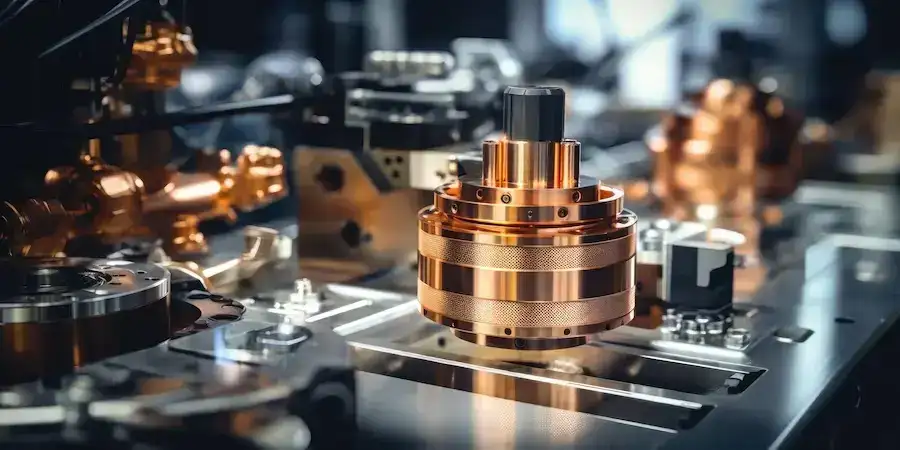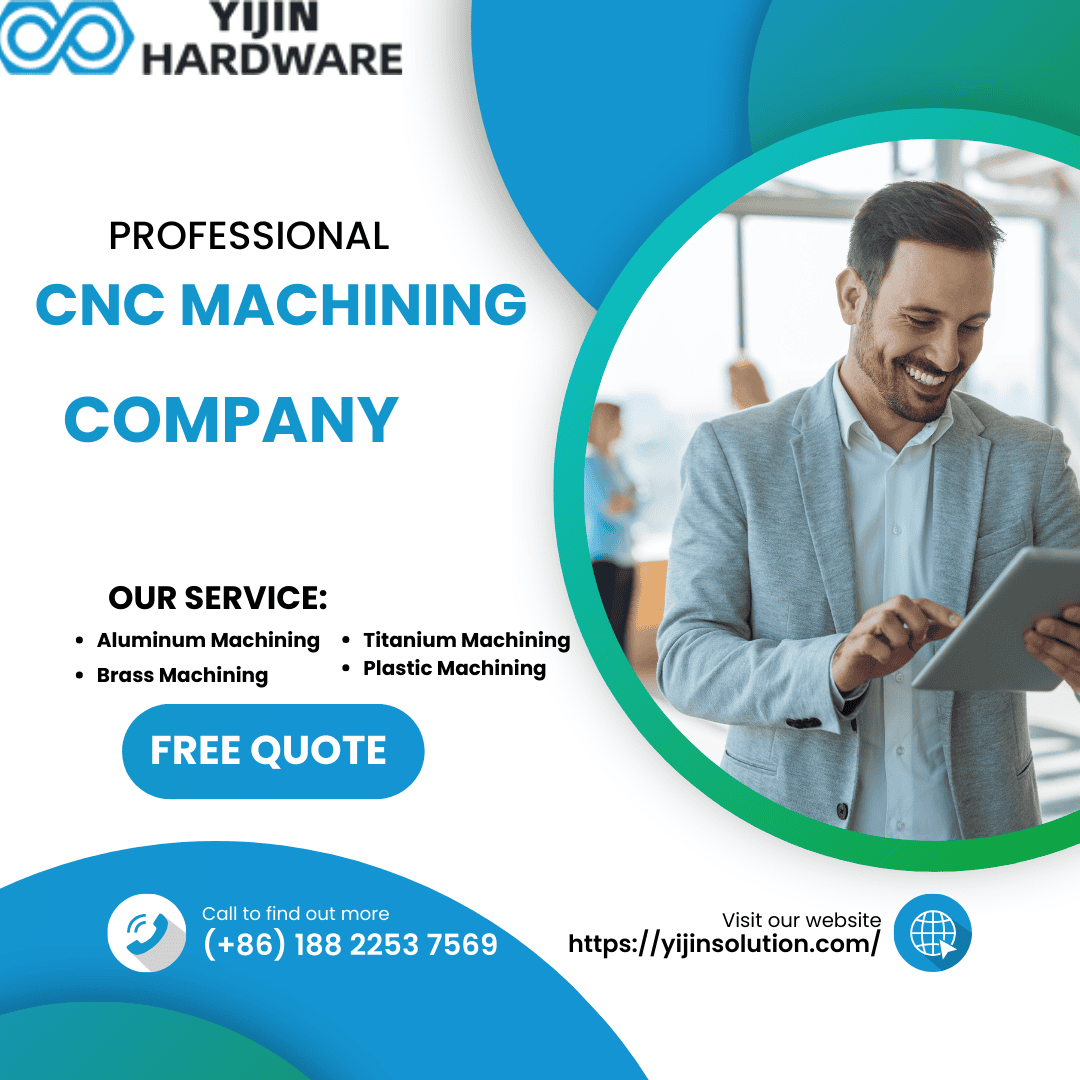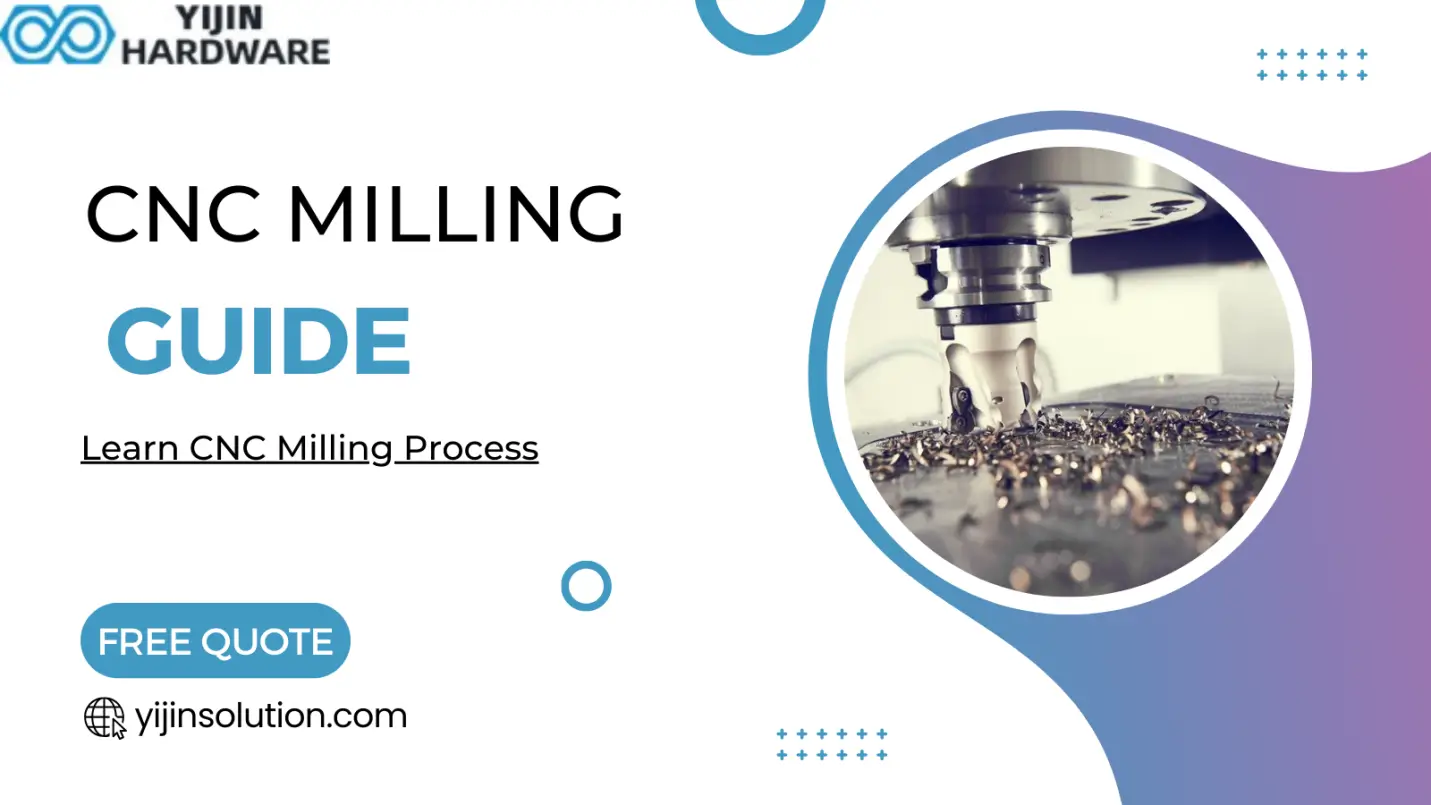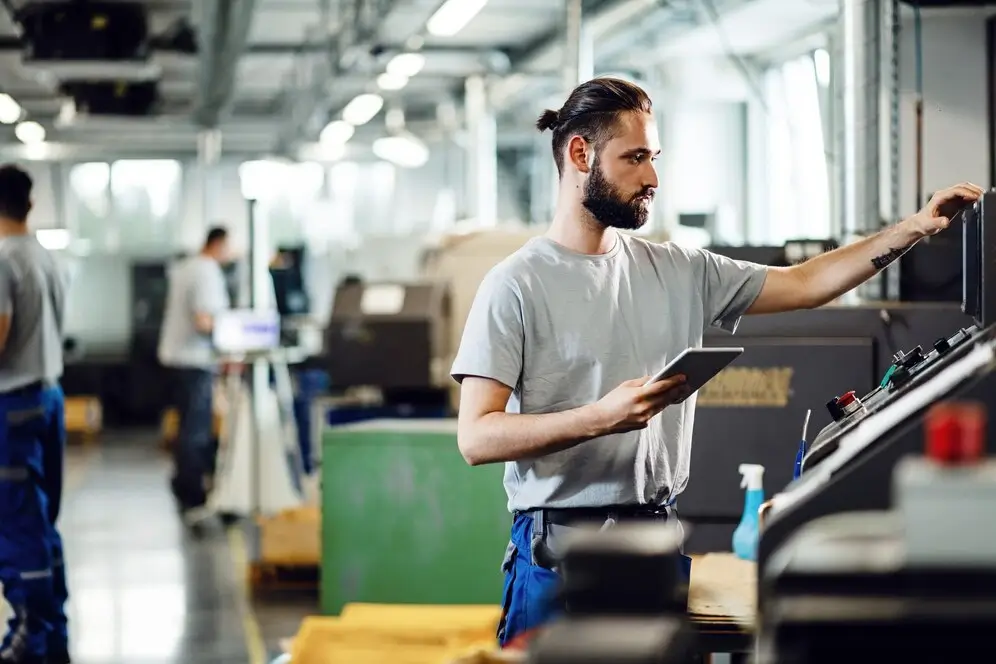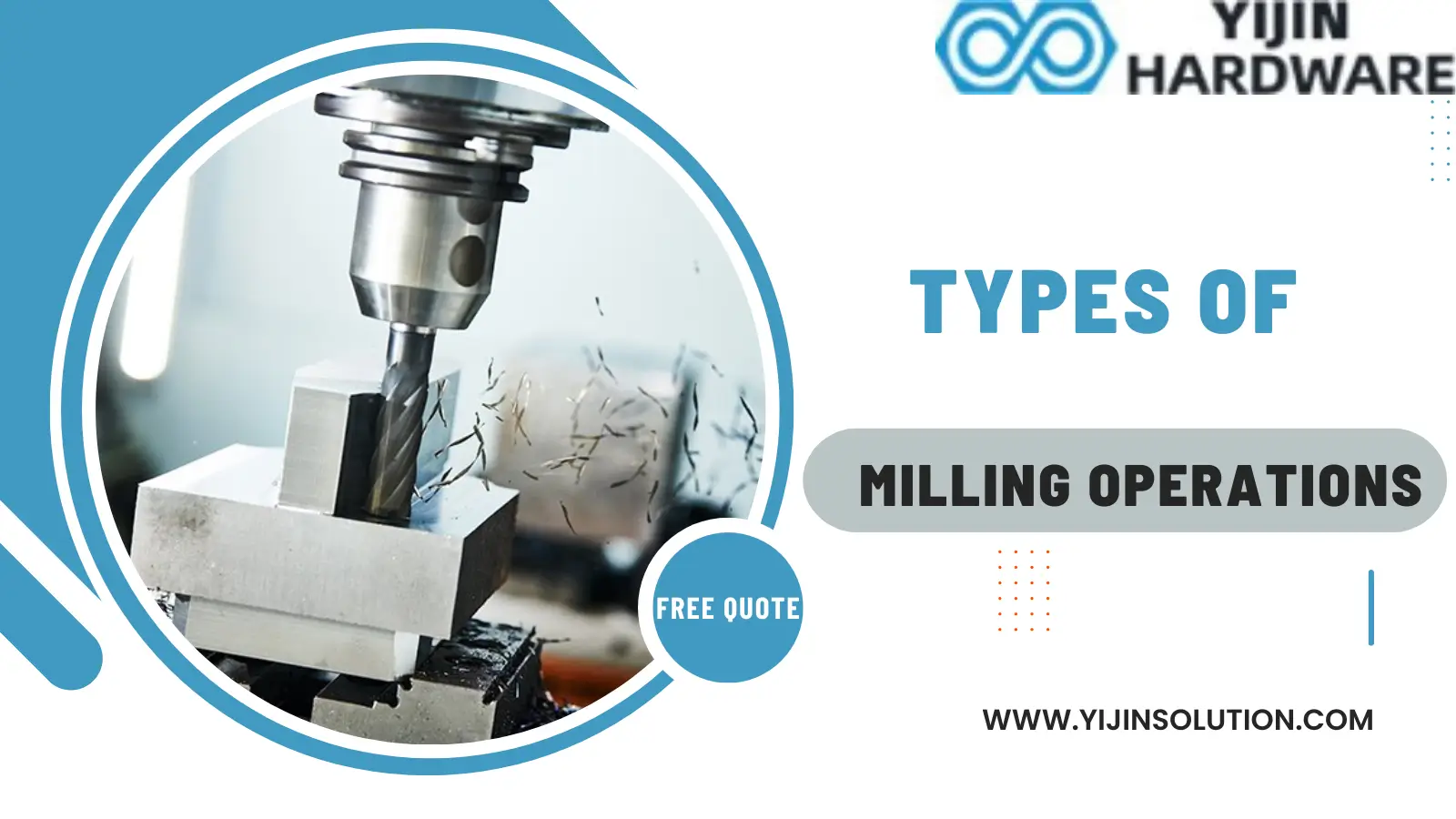CNC machining and injection molding are two common ways to make actual products in different industries. In CNC machining, manufacturers use metal cutters to remove unnecessary materials from the final product, whereas, in injection molding, liquid plastic is shaped in mold form to produce the final product. Choosing the right approach to manufacturing your product is essential to bring your vision to reality.
Despite being powerful tools, CNC machining and injection molding have different areas in which they perform differently. Each method has advantages and disadvantages, limitations, and use of purposes. Understanding and comparing both methods is important to pick the best way to meet your needs. So, let’s know the two without further ado!
What is CNC Machining?
CNC (stands for Computer Numerical Control) machining process is a technique that manufacturers employ to produce precise and flexible parts and components for various industries.. It means that pre-programmed computer software controls how machines move and work during the production process.
In pre-program software, you add cutting rate, tolerance, depth parameters, etc., to design complex shapes. This new way of making things uses computers to create objects from materials like metal, plastic, and a mix of materials. It makes things very precise and detailed for complex machinery. Manufacturers use different types like milling, drilling, turning, and routing for CNC machining projects.
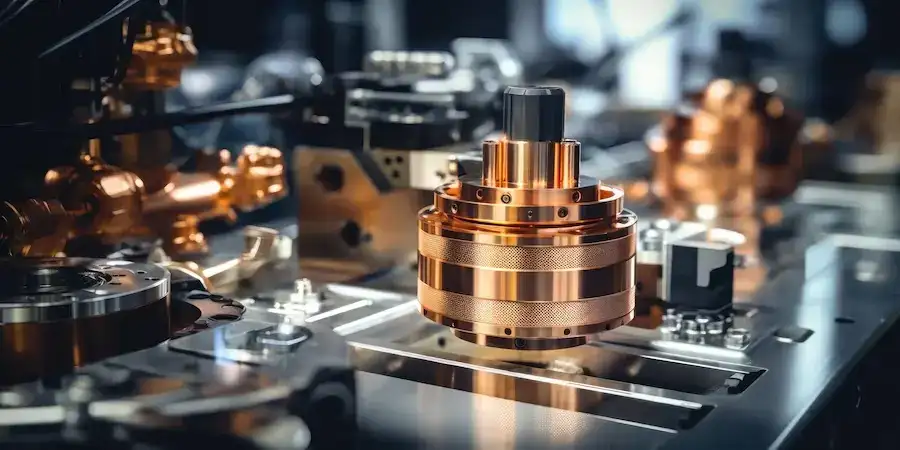
Read More:
- CNC Machining Basics for Beginners
- Introduction o Types of Machining Processes
- Top 10 CNC Machining Manufacturers In China
How CNC Machining Works?
Here is the answer to the question.
Design Stage
At this stage, a computer program helps to create a model of the part that needs to be made. The size and shape of the finished product are described in this computer design.
CAM Processing
CAM Processing involves using Computer-Aided Manufacturing software to generate a G-code or CNC program from the CAD model. By relying on code, the CNC machine can determine the precise tool movements necessary for producing the final item.
Machine Setup
After making the CNC program, we put the tools into the machine and carefully put the raw material in the machine’s holding device.
Machining Process
The CNC machine uses its tools to cut and shape the raw material according to its program. Depending on the part’s appearance, we use different tools to make it, like turning, drilling, milling, and tapping.
Finishing Steps
Steps to finish the part: After making the part, it may go through more finishing steps like sanding, polishing, or anodizing to get a more appropriate and lush surface.
What is Injection Molding?
Injection molding is a favored technique for manufacturing a high volume of plastic items at once. It excels at creating products with correct dimensions and forms. Melted plastic is pushed into a mold with high pressure, then cools down and becomes the same shape as the mold. Many industries use this way to make various plastic items, from small parts to big things like household gadgets and car parts.
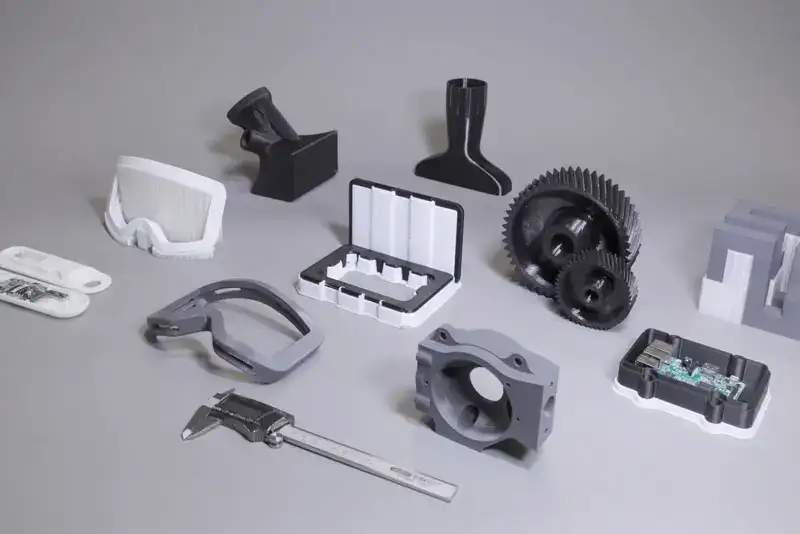
How Does Injection Molding Work?
To understand the answer, we explain the process in detail.
Design and Mold Creation
The initial stage involves designing the part with CAD software. This design is utilized to construct a metal mold replicating the shape of the produced part.
Material Preparation
Small thermoplastic pieces are heated and melted in a machine to produce a thick, molten plastic.
Injection
Melted plastic is forcefully pushed into a mold using a nozzle or sprue in the injection process. Due to the pressure, the mold will be filled with the material, capturing all the intricate details of the part.
Cooling
The molten plastic is poured into the mold and then cools and solidifies. The mold can facilitate the coolant flow, or cooling tubes can be employed to accelerate the cooling speed.
Ejection
Once the plastic has hardened, the mold opens up, and pins or plates push the new part out.
Finishing
Finishing involves verifying that the part is visually correct and accurately sized according to the requirements. This includes removing excess material (trimming), refining uneven surfaces (deburring), and applying necessary finishing touches.
CNC Machining vs Injection Molding Differences
What are the primary differences between CNC machining and injection molding? Here is the answer in detail.:
| Criteria | CNC Machining | Injection Molding |
|---|---|---|
| Material feeding | Metals (steel, aluminum, etc.), plastic, carbon steel, stainless steel, copper, titanium, magnesium, etc. | plastic materials (acrylic, ABS, PA, PC, POM, etc.) |
| Tolerances | As low as ±0.001”. | Typically ±0.003”. |
| Design Flexibility | Perfect for intricate designs and cuts | Less flexible for internal geometries |
| Time Efficiency | Quick production turnaround even for large volumes. | Time-taking process |
| Production Volume | Not suitable for high volumes and preferred for prototyping or small volumes. | Medium to large volumes |
| Quality and Precision | More accurate and precise | Can demand post-machining |
| Tooling Maintenance Requirements | Frequent tool replacement | A mold is applicable for numerous cycles |
| Design modification | possible | Not possible |
Read More:
CNC Machining vs Manual Machining
Manufacturing Methods
CNC Machining: It is a subtractive method that utilizes a computerized machine to remove material from a solid object. Tools such as drills, mills, and routers are utilized for cutting and shaping materials.
Injection Molding: Injection molding is a subtractive process where plastic is melted and poured into a mold to make a shape. The plastic takes on the shape of the mold after it has cooled and hardened. This method is great for making a lot of the same plastic parts.
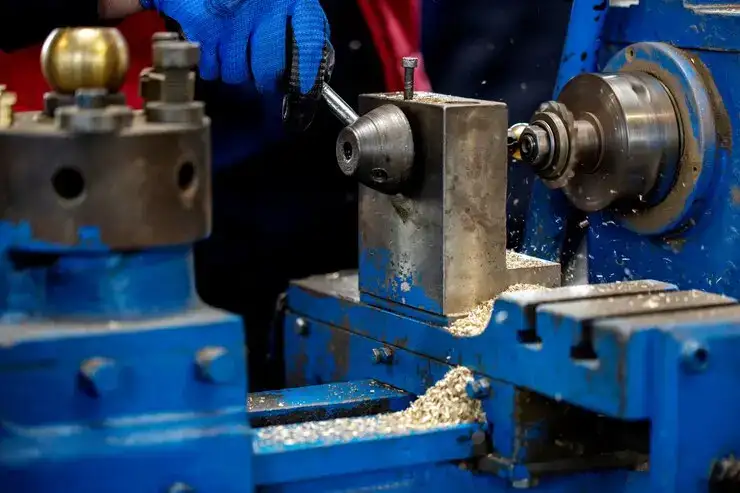
Material Compatibility
CNC Machining: CNC machining can work with various materials like metals, plastics, wood, and other special materials.
Injection Molding: Thermoplastic materials are used to make things by melting and pouring them into a mold. Certain types of robust plastics may not be ideal for use.
Complexity and Precision
CNC Machining: Capacity to fabricate things with meticulous measurements and intricate configurations.
Injection Molding: Injection molding can make complex shapes, but it may limit how precise the shapes can be.
Setup and Lead Time
CNC Machining: CNC Machining is ideal for producing a limited quantity of small to medium-sized parts. Less time is required for the setup before beginning the production of the parts.
Injection Molding: Injection molding is suitable for making many things at once, but it takes more time and money to make the molds.
Cost Considerations
CNC Machining: CNC machining can be costlier for making many items because it is slower and wastes more material.
Injection Molding: At the beginning, it costs more to set up, but when more products are made, the cost of each part goes down a lot.
Design Flexibility
CNC Machining: Incredibly versatile and can tackle complicated designs with intricate shapes. CNC machines can make exact parts with very little room for error.
Injection Molding: Injection molding becomes more complicated due to limitations on mold design. Making undercuts, sharp corners, and tiny details can be hard.
Waste Generation
CNC Machining: Waste is produced when extracting material from a solid block.
Injection Molding: Injection molding uses only the right amount of material needed to make something, so there is less waste.
Surface Finish
CNC Machining: CNC machining can give smooth surface finishes, primarily when sanding or polishing afterward.
Injection Molding: Injection molding can make the surface of a product look different depending on the material and mold used.
Environmental Impact
CNC Machining: CNC machining isn’t perfect for the environment because it uses a lot of energy and creates waste.
Injection Molding: Injection molding is better for the environment when making a lot of stuff because it uses energy and materials more efficiently.
Production Volume
CNC Machining: Great for creating samples and unique products and making a small number of items. Creating many items results in a lower quality standard, as each part needs to be made independently.
Injection Molding: Injection molding is perfect for making many things at once. Making lots of plastic parts simultaneously saves time and money, even though creating the mold at first costs a lot.
Advantages and Disadvantages of CNC Machining and Injection Molding
| Advantages | CNC Machining | Injection Molding |
| Precision | High precision and tight tolerances | Consistent precision and repeatability |
| Material Compatibility | Can feed a wide range of materials (metals, plastics, etc.) | Primarily, it can feed plastics, some metals |
| Complexity of Parts | Perfectly producing complex geometries | Can produce intricate shapes with internal details |
| Flexibility | Ideal for low to medium-volume production | Ideal for high-volume production |
| Design Modifications | Easily accommodate and digest design changes | Design changes are costly once the mold is created |
| Waste Generation | High material waste | Minimizes material waste |
| Surface Finish | Superior surface finish and smoothness with additional steps | Surface finish quality may vary |
| Environmental Impact | Considered less environmentally friendly | It can be more ecologically friendly |
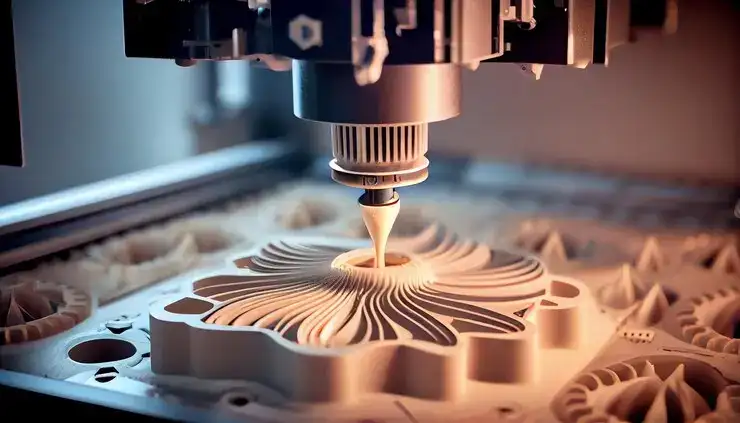
| Disadvantages | CNC Machining | Injection Molding |
| Initial Setup Costs | Higher setup costs for tooling and programming | Expensive tooling costs at first, especially for complex molds |
| Lead Time | Quick setup time, but needs longer lead times for production runs | Longer lead time for mold creation |
| Cost per Part | Higher cost per part for large production runs | Cost-effective per part for high-volume production |
| Material Limitations | Limited to solid materials | Limited to plastics and some metals |
| Design Iterations | Flexibility allows for design changes without significant cost impact | Design changes after mold produces are costly |
| Environmental Impact | High material waste and consumes more energy | It can contribute to plastic waste if not properly managed |
Similarities Between CNC Machining vs Injection Molding
Injection molding and CNC machining are two separate techniques for manufacturing items. While each has its benefits, they also share some similarities. So, what are some key similarities between CNC machining and injection molding processes? Let’s learn about the similarities between the two.
Computer-Aided Design (CAD)
Using both manufacturing processes, CAD software is essential for producing plastic molds and metal cutting.CAD software is used to make product 3D models. These models are then turned into CNC machine or mold design instructions.
Precision and Accuracy
Both techniques are recognized for their capacity to produce parts with high accuracy and precision. In both cases, we use high-tech technology and computers to do this.
Material Transformation
Raw materials are used in injection molding and CNC machining to create the end product by adding material. Injection molding and CNC machining start with a block and manufacture quality parts.
Complexity
In order to make things, the first step involves creating molds or tools for both steps. Injection molding uses molds to shape melted plastic, while CNC machining uses tools to remove material from a solid block.
Tooling
Complicated parts with advanced features and intricate shapes can be made using injection molding or CNC machining. They can be used for many different things because they can work with exact sizes and inside details.
Applications in Prototyping
Both methods can make prototypes for testing and design validation, but CNC prototype machining is better for complex parts because it has more design flexibility.
Quality Control
We need strict quality control for CNC machining and injection molding to ensure the parts are always good quality and meet the specifications. We must use tools to ensure products are accurate and check things using fixtures or jigs at different times.
Get Your Expert Opinion on Yijin Hardware: Your Reliable CNC Machining Partner
Yijin Hardware has a range of manufacturing services, such as custom CNC machining, CNC milling parts, and CNC turning parts, to support your production and prototyping needs. Come to our website to learn more or ask for a free quote without compromising quality. Take advantage of our injection molding services, expertly designed to make high-quality plastic parts with smooth surfaces. Our core values are quality and trust, ensuring a reliable and exceptional client experience. We can make changes to the design smoothly and efficiently and produce your custom items quickly.
You can trust us with your project because our skilled staff knows how to prevent mold from growing and will take care of making complicated mold designs. “Simply send us your design at Yijin Hardware, and we’ll ensure it meets our high-quality standards. We have many materials available to make CNC machined and injection molded parts. “
Conclusion
In short, choosing between injection molding and CNC machining depends on the project’s specific needs, like how much you need to make, the type of material, how complicated it is, and how much money you have to spend. Knowing the advantages and disadvantages of each option can make it easier to make a wise choice for the project.
 Call Us Today! (+86) 188-2253-7569
Call Us Today! (+86) 188-2253-7569